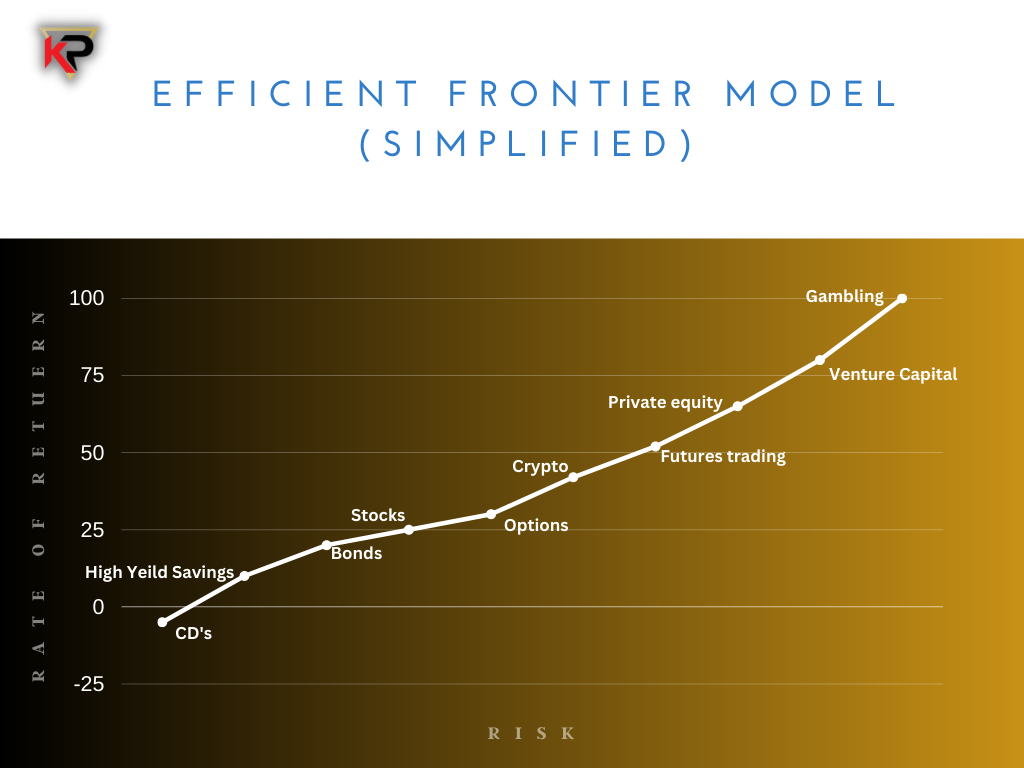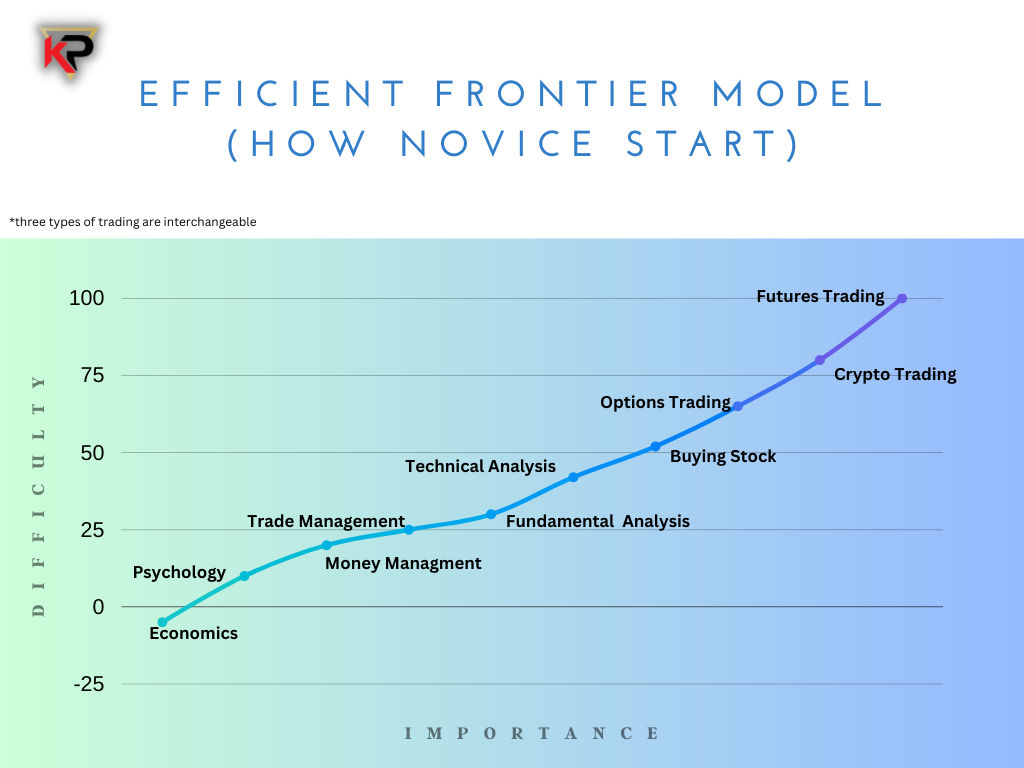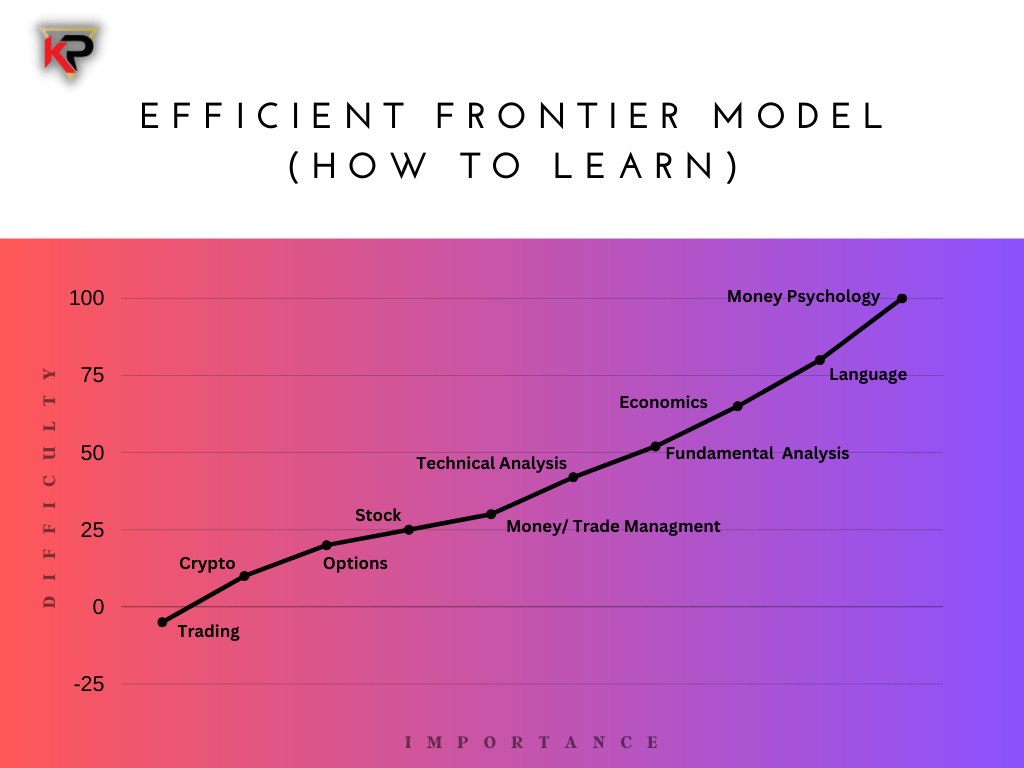

"Unlocking Assets: Empowering Youth with a Cutting-Edge Investing Curriculum for the Future Economy"
“Being misinformed has the same effect of being uninformed.”
- David M. Torrence
Introduction:
In modern society, cryptocurrency trading and investing have gained immense popularity in modern society, and many people are drawn to the potential for high returns and a sense of excitement that it offers. Whether it be through the investment and hold of established coins such as Bitcoin and Ethereum or the trading and exploration of newer, up-and-coming cryptocurrencies, the world of crypto trading has become a playground for those seeking a thrilling investment opportunity. However, it's crucial to consider what groundwork we're paving for underserved and under informed communities looking to participate, especially the next generation of holders. Will they view Bitcoin as only worthy of a scalp trade? Will they only see it through the lens of technical analysis for profit on a technical breakout? Or worse, will they not even become holders?
As an investor, philanthropist, and President of KP Cares Foundation Inc, one of the top nonprofits in Florida teaching investing, I understand the importance of providing resources and education to youth and communities who are new to investing and cryptocurrency. With the growing popularity of the crypto market, it's essential that individuals have access to the knowledge and tools required to make informed decisions about their investments. Using my many years of curriculum building and teaching experience of investing I will outline a new model in which educators should use when figuring out how to teach the next generation how to navigate crypto and investing in the economy of the future.
Let's begin with a quick history lesson. Intentionally or unintentionally investors view assets through the efficient frontier model, a visual representation of the risk-reward tradeoff in investment portfolios. The model was first introduced by Nobel laureate Harry Markowitz in his seminal paper "Portfolio Selection," published in 1952. Markowitz's work transformed the way investors approach portfolio management by emphasizing the importance of diversification and the trade-off between risk and return. The model plots the expected return on the y-axis against the portfolio's volatility on the x-axis. The curve represents the most efficient portfolio allocation that provides the highest expected return for a given level of risk. Any portfolio below the curve is suboptimal, while those above the curve are inefficient as they involve higher risk for the same return. Over the years, the model has been refined, and here, KP Cares Foundation will expand upon its core principles by showing you how to apply the theory to educating communities.

Register for KP Cares next Youth Investing program! 👊
Using the original model as a foundation, we've simplified its illustration to show that VC, private equity, options trading, and cryptocurrency are the highest risk and highest yielding mediums to invest in, while buying stock, bonds, CDs, and high-yield savings accounts are more conservative in terms of returns and risk. KP Cares Foundation has created a new model centered around using the efficient frontier model through the lens of education. The model plots the level of importance on the y-axis against the level of difficulty on the x-axis. The curve represents the most efficient way to prioritize educating communities that provide the highest expected level of understanding and success in investing.

Image two illustrates how many novice investors enter the world of investing with crypto holdings, options trades, and even futures trades through combines. Many individuals start with the mindset that the most important and highest returns come from crypto and trading. However, a study by Annamaria Lusardi and Olivia S. Mitchell revealed that individuals with lower levels of financial literacy and investment experience tend to engage in risky investment behavior. This start is often married to trying to learn the principles lower down the curve, such as money psychology and economics. We have found that thrill takes precedence over being informed upon the many students we have educated. Thus, people prefer to fund a Robinhood account and buy a new coin before reading Bitcoin's white paper for free. Moreover, Robinhood, a popular commission-free trading platform, reported a significant increase in trading in 2020, fueled in part by the market volatility during the pandemic. In June 2020, Robinhood reported that trading accounted for 38% of its revenue for the first quarter of the year, up from 12% in the same period the previous year. The company also reported that the number of customers trading on its platform had more than doubled since the beginning of the year. Robinhood illustrates the growing popularity of retail trading, which is good but becomes a concern if education does not increase in parallel.

Based on our refined model, we illustrate these challenging concepts, such as the psychology of money and understanding language, are the most critical for successful investing, and these concepts are located in the high importance-high difficulty quadrant of the graph. In contrast, buying, selling stocks, trading, and technical analysis are the least important investment concepts and are located in the low importance-low difficulty quadrant. We assume that investing time into the top of the curve (psychology of money, economics, and understanding language) is the most important/difficult, but once mastered, it allows the trading, technical analysis, and fundamentals to be more successful. A study that supports this finding is "Individual Investor Trading and Stock Returns" by Brad Barber and Terrance Odean, published in the Journal of Finance in 2000. In this study, the authors analyzed trading records of over 60,000 individual investors and found that those who traded more frequently had lower investment returns than those who traded less frequently. The authors suggest that this is because investors who trade frequently tend to make poor investment decisions due to overconfidence and lack of information.
Therefore, we encourage a top-down approach to learning that starts by addressing what we identify as the three core foundational topics of psychology of money, language, and economics. These fundamentals allow for a more holistic approach to investing.
Psychology of Money
The psychology of money is one of the most challenging aspects of investing, as it involves understanding one's behavior and emotions regarding money. It includes understanding biases, emotions, and behaviors that can impact investment decisions. Despite its difficulty, it is also one of the most important aspects of investing, as it can significantly impact investment returns. Thus, the psychology of money falls into the high importance-high difficulty quadrant of the efficient frontier model.
Understanding Language
Understanding financial language and jargon is another challenging aspect of investing, especially for beginners. It involves learning various financial terms, understanding their meanings, and context around finance. Although it may seem daunting, understanding language is the highest barrier of entry for successful investing, and therefore it falls into the high importance-high difficulty quadrant.
Economics
Understanding economics is crucial when investing in cryptocurrencies or other assets due to the significant impact economic factors have on value and performance. Macroeconomic principles, indicators and policies play a significant role in shaping the cryptocurrency market. Factors such as inflation, interest rates, fiscal policies, and geopolitical events impact the broader economy and can influence investor sentiment and market volatility. An understanding of these macroeconomic factors allows investors to anticipate market movements and make more informed
After these 3 core foundational topics are addressed then other topics such as fundamental analysis and technical analysis can then be addressed and explored so that risk can better be understood and defined when buying, selling, trading or holding crypto. We advise all youth to join our next “Youth Master Investing” course to learn these key principles correctly but most important early so that we take advantage of compound learning and interest.
Conclusion:
In conclusion, our educational twist to the efficient frontier model provides a powerful tool for teaching investing and can assist communities in understanding the risk-reward tradeoff in investments. By using the difficulty and importance of investing concepts to map the x and y-axis, respectively, we can identify the most challenging and essential aspects of investing. The most difficult and important aspects of investing are the psychology of money and understanding language, while buying/selling stocks and trading are the least difficult. It is crucial to adopt a holistic approach to wealth building that incorporates all critical aspects of investing for success. KP Cares aids in the foundation of how new crypto holders learn about this asset, ensuring that they are equipped with the necessary skills and information to navigate this dynamic market successfully. Education and support are essential in helping individuals not only grow their wealth but also contribute to the positive development of the broader crypto community.
It is important for individuals to understand the risks and benefits associated with this emerging market, as well as the strategies and skills necessary for success. By taking a proactive approach to education and support, we can empower individuals to make informed investment decisions and achieve their financial goals.
